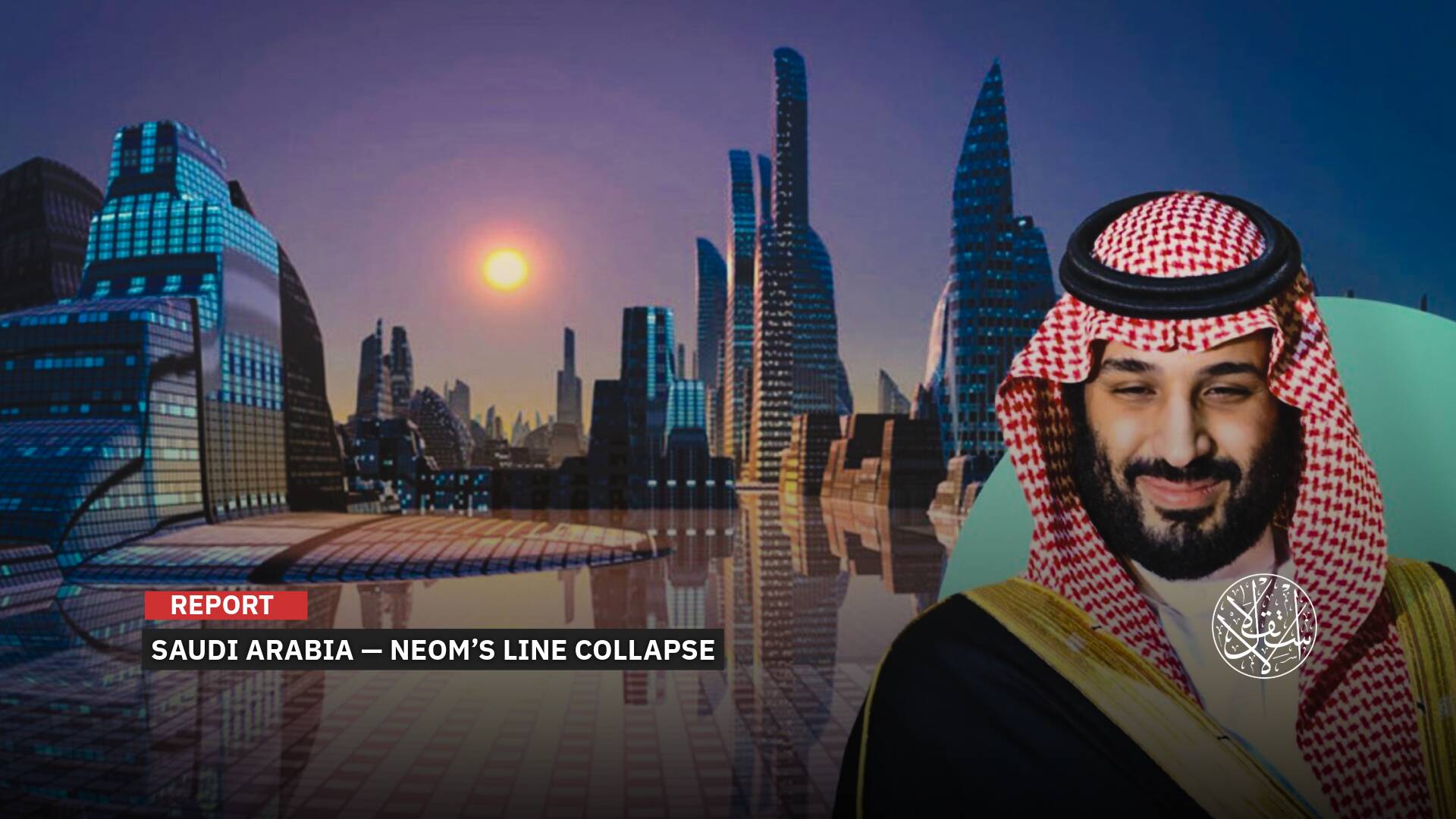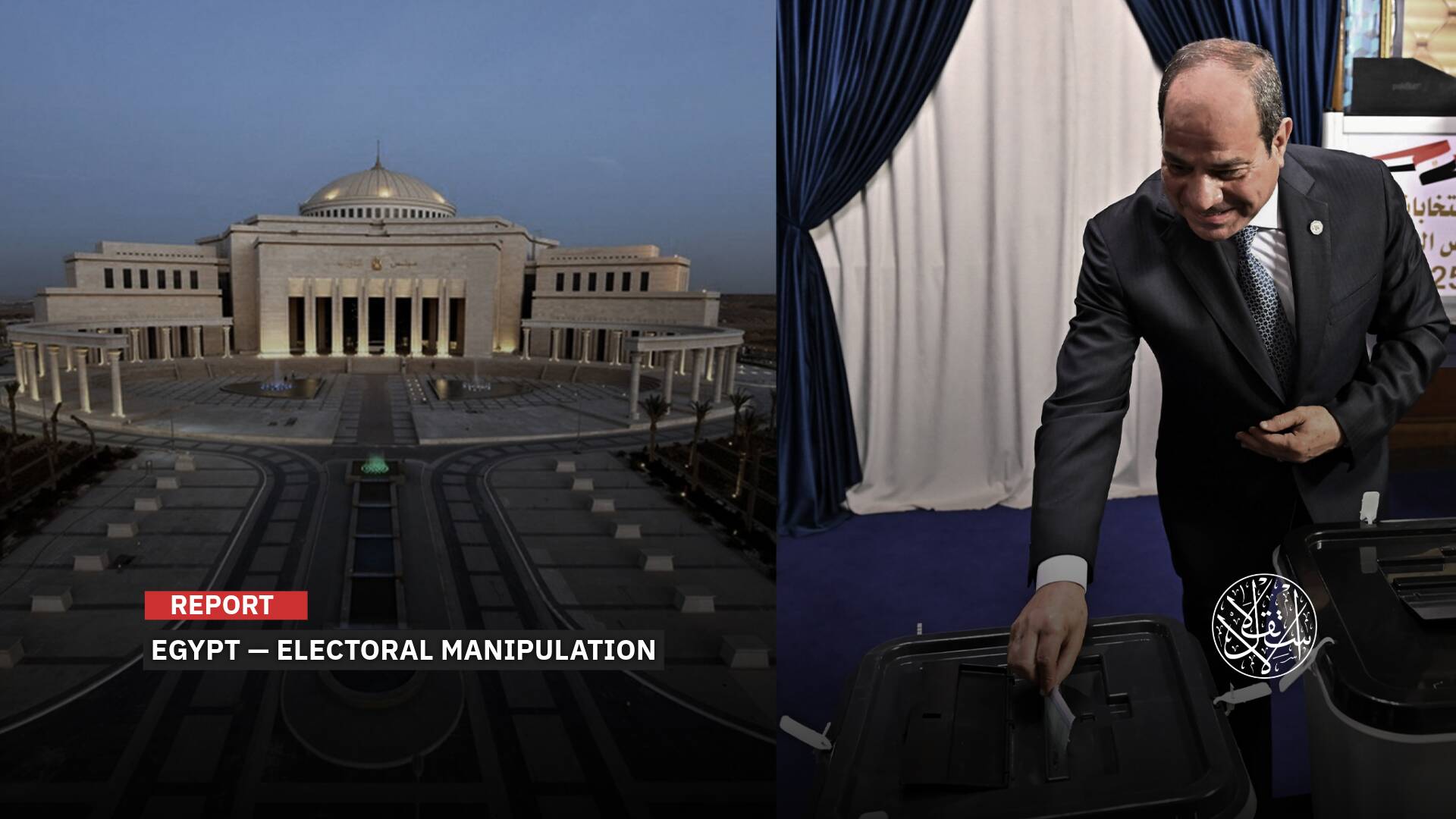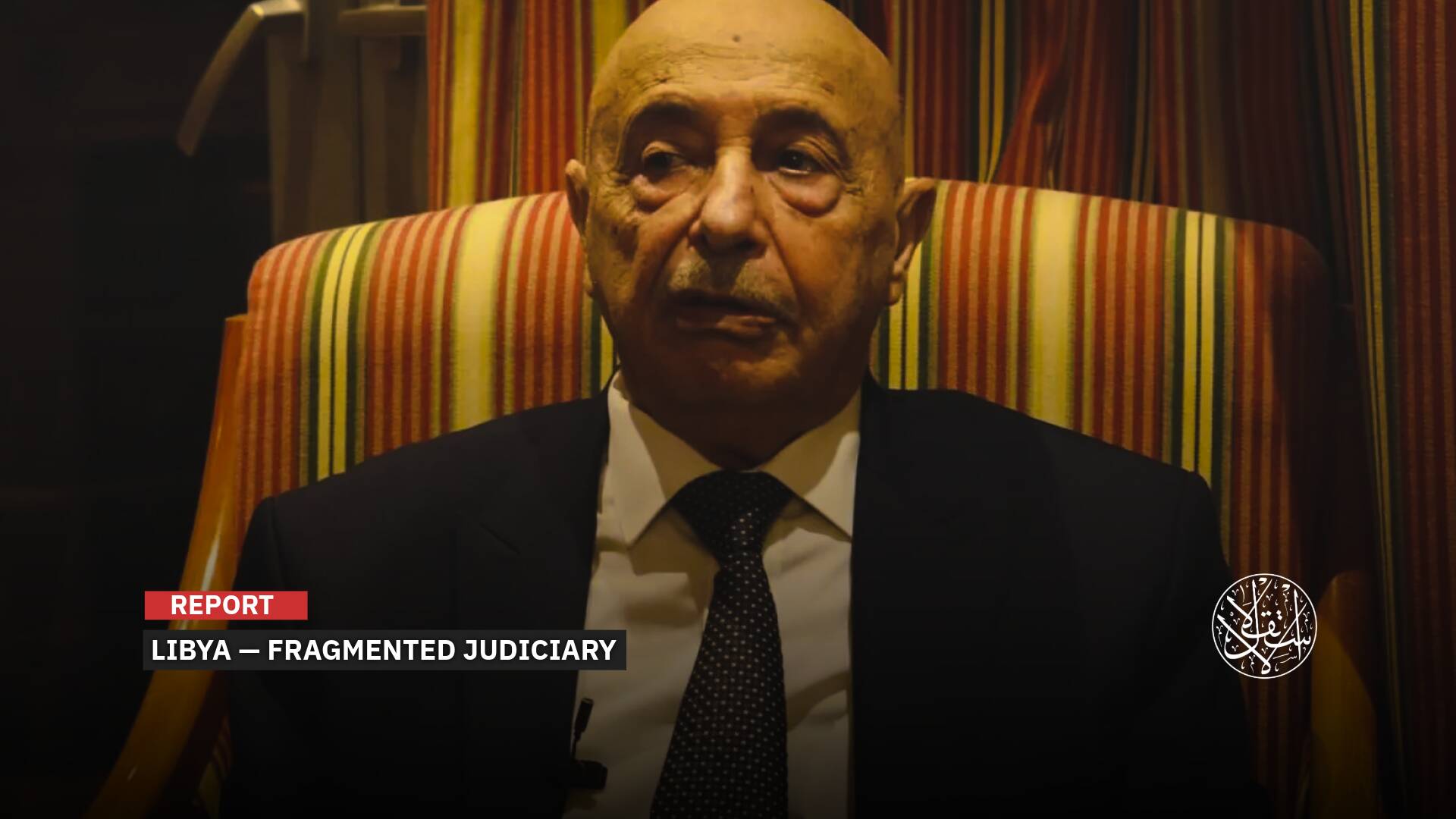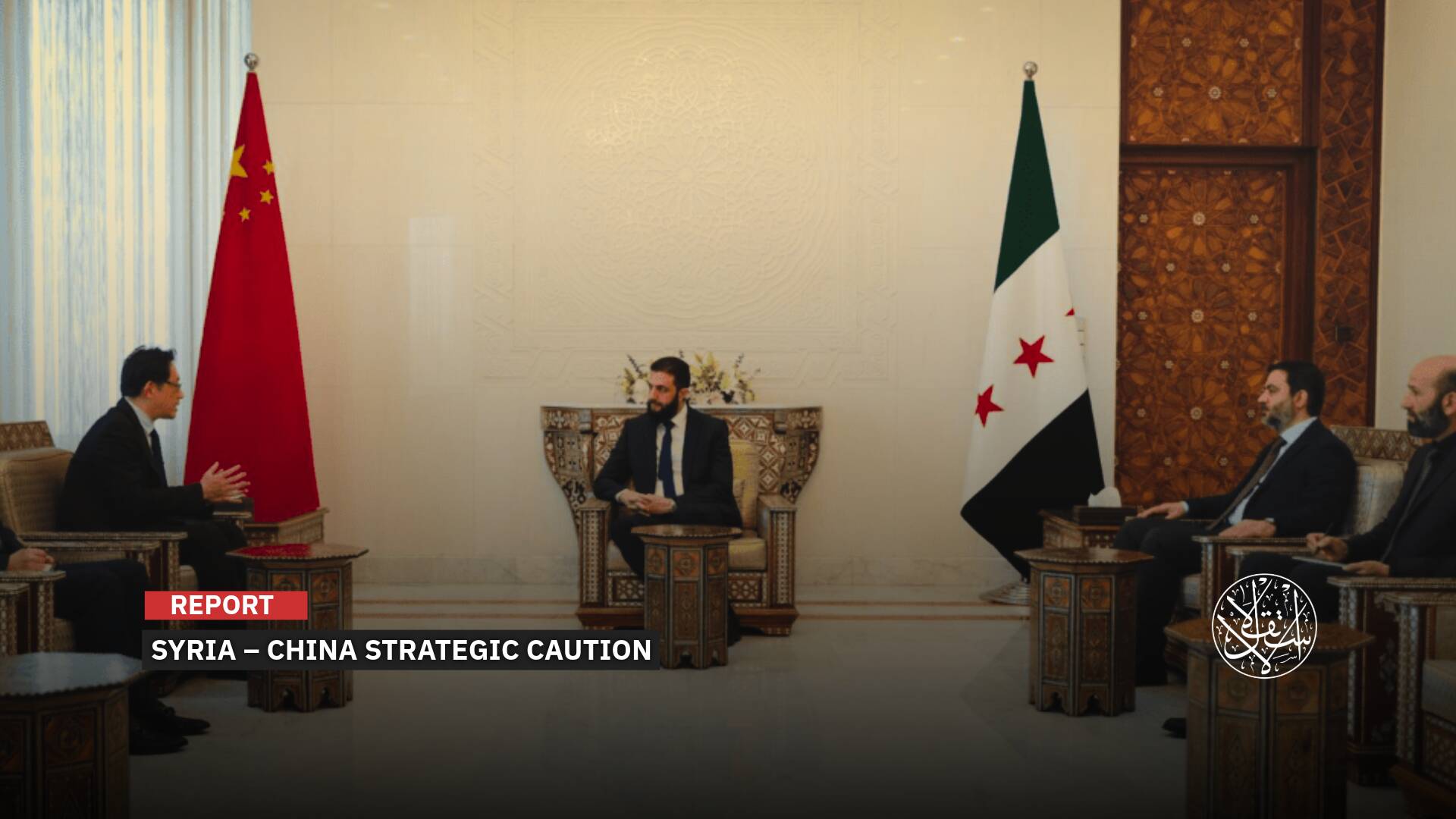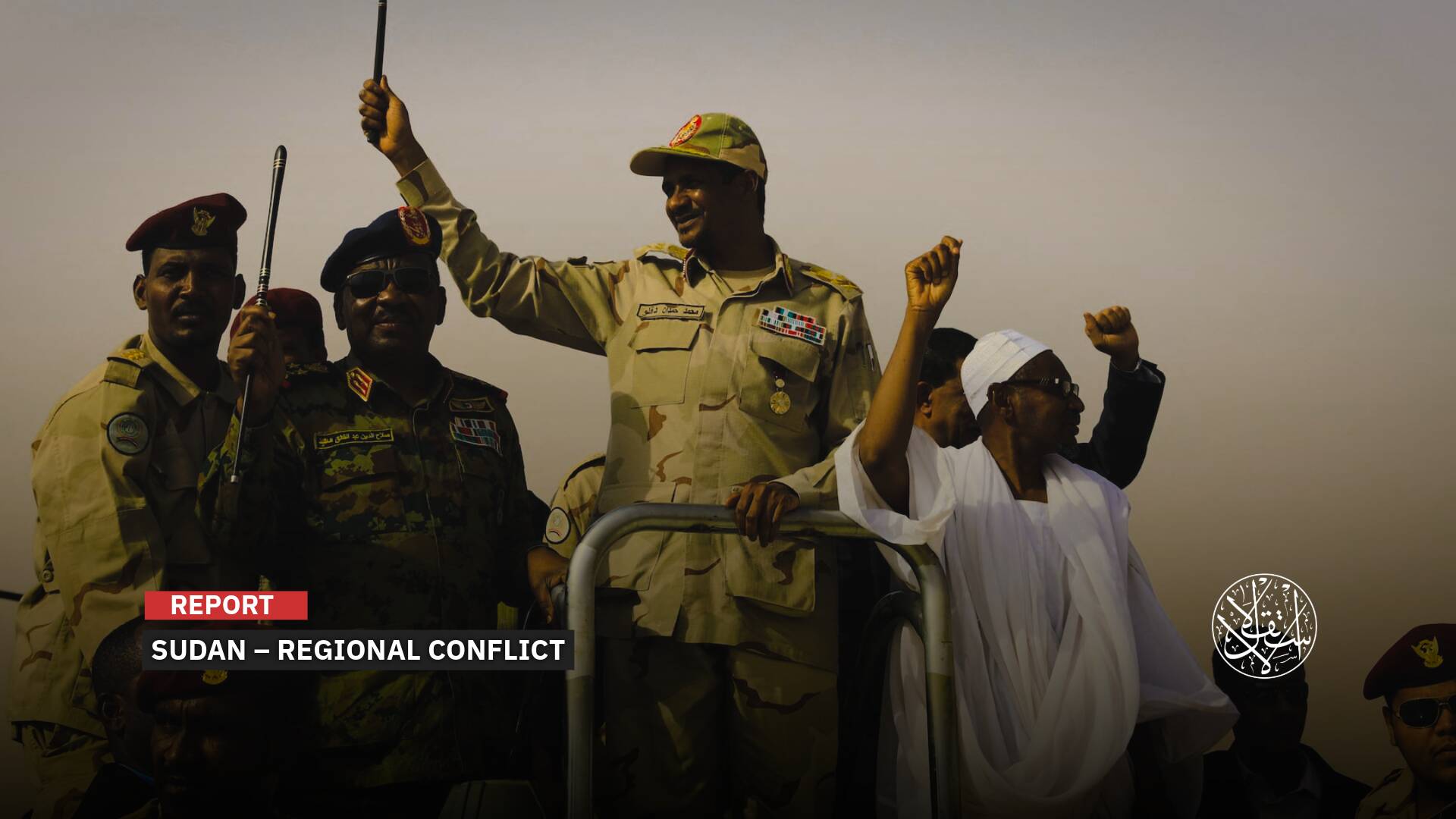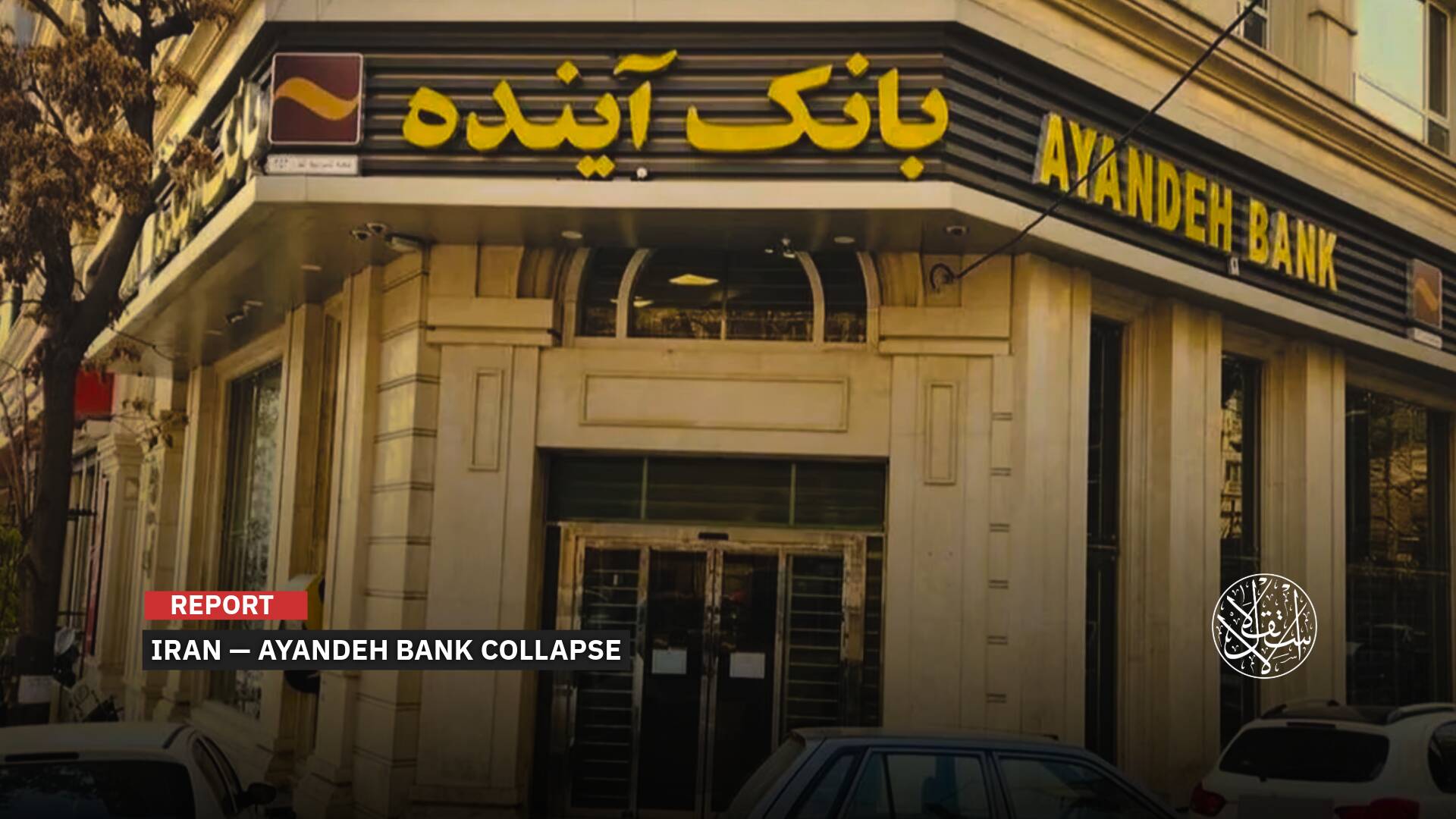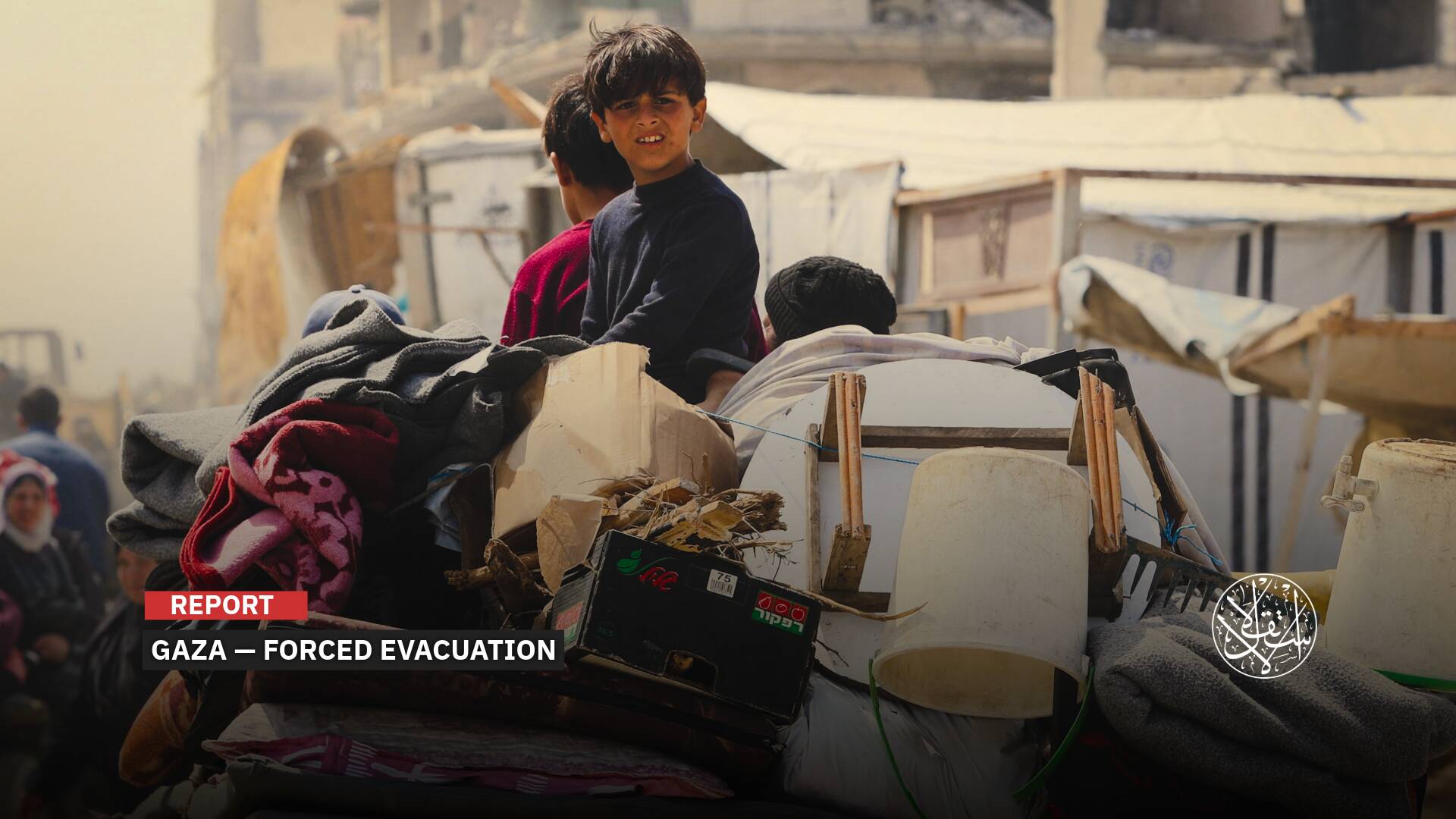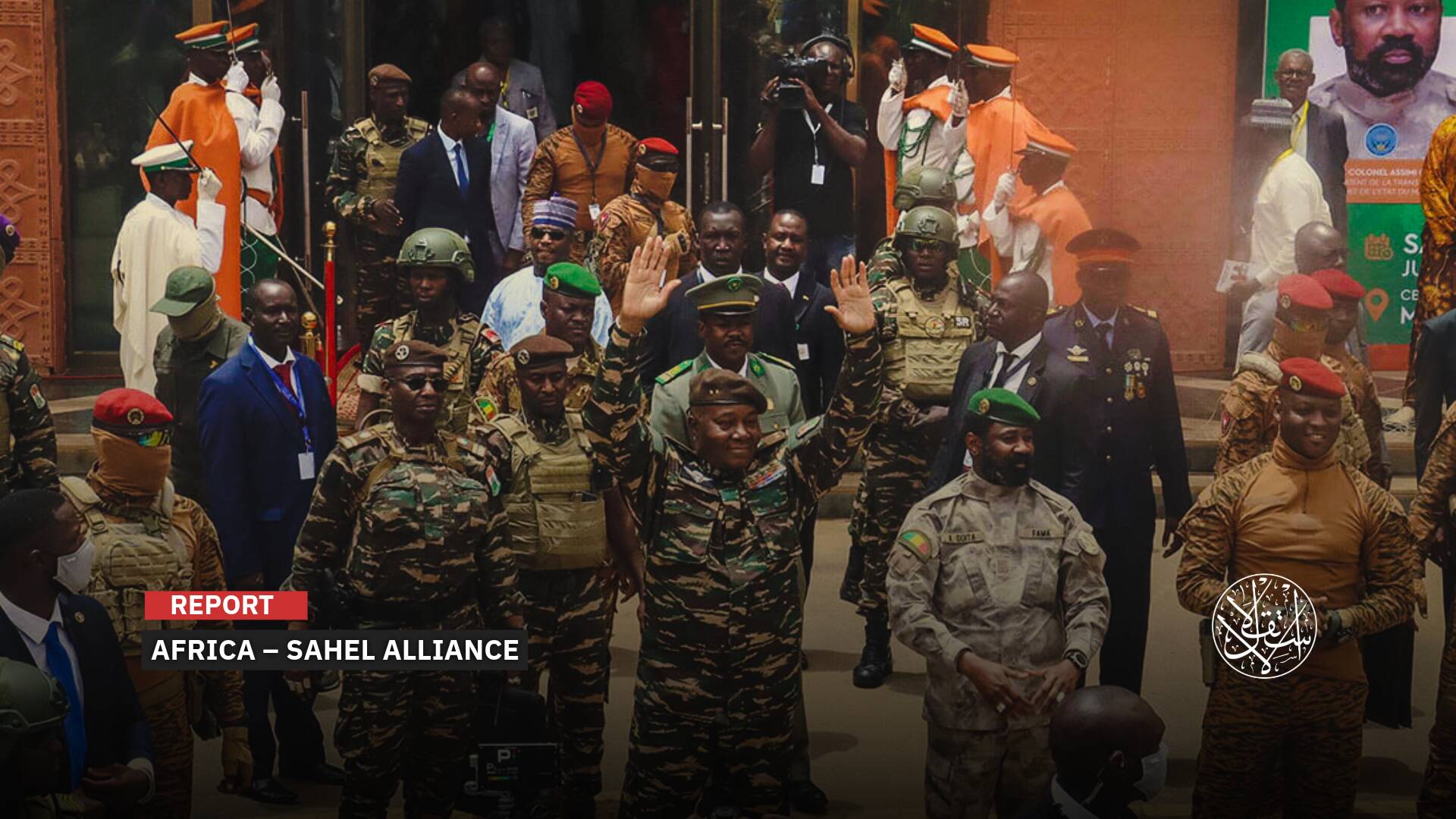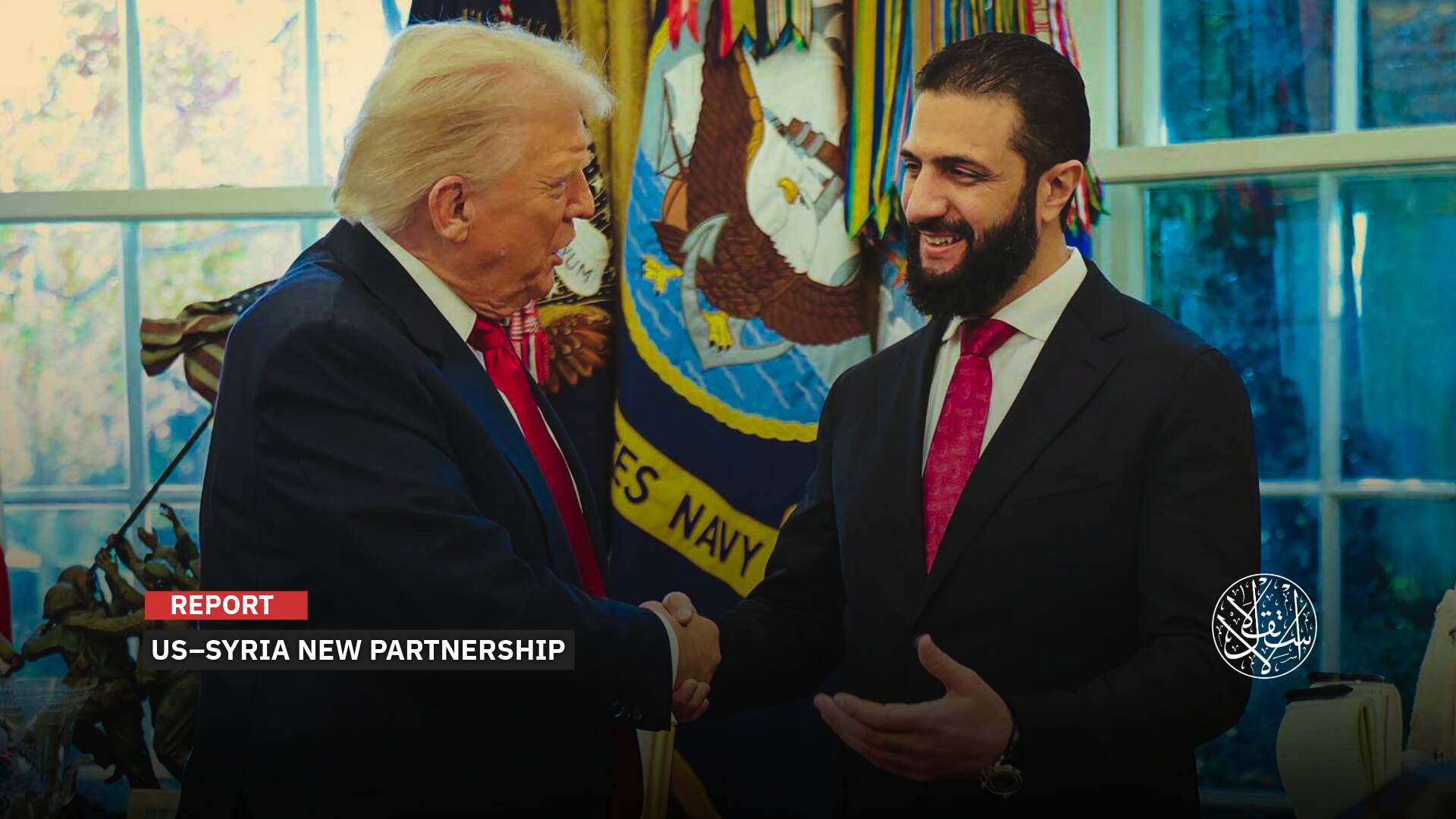Syria–Lebanon Border Demarcation: Why Saudi Mediation Is a Golden Opportunity

“We are facing a golden opportunity to restore healthy relations between Syria and Lebanon.”
The conditions now appear more favorable than ever to reopen the long-neglected issue of border demarcation between Lebanon and Syria, following the fall of the al-Assad regime that ruled the country for 54 years.
Since Bashar al-Assad’s downfall on December 8, 2024, Lebanon has placed renewed emphasis on the urgent need to formally delineate its border with Syria—a matter that had been sidelined for decades due to “security considerations.”
Demarcation of Borders
In the latest development on the issue, Lebanese Foreign Minister Youssef Raji announced that he had received historical documents and maps from the French archives concerning Lebanon’s border with Syria—an important step that could aid in the formal demarcation of the land boundary between the two countries.
The Lebanese Foreign Ministry said in a statement on May 9, 2025, that Minister Raji “received the French ambassador to Lebanon, Herve Magro, who handed over copies of documents and maps from the French archives relating to the Lebanese-Syrian border.”
The statement added that this step came “at Lebanon’s request and in fulfillment of a promise made by French President Emmanuel Macron to Lebanese President Joseph Aoun during his visit to Paris” on March 28, 2025.
The Foreign Ministry noted that “providing Lebanon with these documents and maps will assist in the process of demarcating its land border with Syria.”
Macron had previously said he discussed several issues related to Syria with President Aoun during the Paris visit, including the urgent need to delineate the Lebanon-Syria border.
He highlighted ongoing cooperation between the two sides on the matter and noted that work is underway at the United Nations level to formalize the border demarcation.
Through its diplomatic efforts and a fresh chapter in relations with Syria’s new leadership, Lebanon has signaled that demarcating the border is now a “priority” as it seeks to move beyond the tense era of al-Assads—father and son.
Progress on the Lebanon-Syria border issue was made on March 28, 2025, when Lebanese Defence Minister Michel Mansi and his Syrian counterpart, Murhaf Abu Qasra, signed an agreement on the border between their countries in Saudi Arabia. The meeting was hosted by Saudi Defence Minister Khalid bin Salman.
The two ministers emphasized the strategic importance of border demarcation, agreeing to establish specialized legal committees between their governments across several fields.
They also committed to activating coordination mechanisms to address security and military challenges, particularly those that may arise along their shared border, with plans to hold a follow-up meeting in Saudi Arabia in the near future.
Meanwhile, during his visit to Damascus on April 14, 2025, Lebanon’s new Prime Minister Nawaf Salam discussed the border demarcation process in line with the Saudi initiative.
Lebanon and Syria share a 330-kilometer border, much of which remains undemarcated, particularly in the northeast.
The lack of clear boundaries has made the area vulnerable to infiltration by smugglers, hunters, and even undocumented migrants.
Notably, the Syrian border regions with Lebanon, especially in the Homs countryside and villages with predominantly Shia populations—some of whom are Lebanese—served as a crucial logistical hub for Hezbollah prior to the fall of al-Assad on December 8, 2024. These areas were used for transporting fighters and storing weapons.
There are five official border crossings between Syria and Lebanon, stretching across approximately 375 kilometers: Al-Masnaa, al-Dabbousiya, Jousiya, Talkalakh, and al-Areedah.
However, Hezbollah maintains a network of illegal crossings between the two countries, which it used extensively before the fall of the Bashar al-Assad regime on December 8, 2024, to transport weapons and fighters.
Additionally, the Lebanese army has established 74 border posts along the disputed areas where Syrian and Lebanese territories overlap.

Serious Disagreements
The delineation of the border between Lebanon and Syria remains unclear across several areas along the eastern mountain range from Hermel, through the towns of al-Qaa, Ras Baalbek, and Arsal, extending to Maaraboun, which borders the Syrian town of Sarghaya.
Opening the border demarcation file officially would bring an end to a long era of disputes and tensions, firmly establishing the boundary lines before embarking on a prolonged phase of security coordination between the two countries to dismantle the entrenched smuggling networks in the region.
The Lebanon–Syria border was drawn by the French in 1920, yet it remains blurred and indistinct, weaving through mountains, valleys, and plains with no clear markers or signs to define the boundary.
Often, only earthen embankments mark the dividing line, while several villages straddle both sides with no visible separation.
Since the French mandate era, some lands have evolved into small neighbourhoods now regarded as disputed zones, such as the area of En-Nhair, alongside the existence of Lebanese villages located within Syrian territory.
The origins of the Lebanon–Syria border trace back to 1916, when the secret Sykes-Picot Agreement was drawn up to divide the remnants of the Ottoman Empire between France and Britain in the Middle East.
In April 1920, the two powers met at the San Remo conference, where they agreed to place Syria and Lebanon under French mandate, while Iraq and Palestine came under British control.
General Henri Gouraud served as the High Commissioner of the French mandate. In early September 1920, he declared the establishment of the “Greater Lebanon” state from the Pine Palace, which remains the residence of the French ambassador in Beirut.
In 1922, the League of Nations formally recognised the French and British mandates, and on November 22, 1943, Lebanon gained its independence.
This independence followed the “National Pact,” an unwritten agreement between President Bechara el Khoury and Prime Minister Riad al Solh.
Under the National pact, Christians agreed to relinquish Western protection in exchange for Muslims abandoning their demands for unity with Syria, according to a report by Agence France-Presse published on August 21, 2020.
The new Lebanese president is keen to advance the demarcation of the land border with Syria, starting from the northeast, extending to Deir al-Ashayer and reaching the Shebaa Farms.
Beirut views the border demarcation as a crucial political recognition of Lebanon’s full sovereignty over its territory.
Following the fall of al-Assad, the new Syrian government has sought to close the unofficial crossings with Lebanon that were previously used for smuggling weapons and drugs, as part of broader efforts to combat trafficking and reassert security control over the border regions.
New Syrian security forces have clashed with smuggling networks along the border, some linked to Hezbollah, driving them out of towns and areas they once controlled.
Earlier, on March 5, 2025, Lebanese President Michel Aoun met with his Syrian counterpart, Ahmed al-Sharaa, in Cairo on the sidelines of the Arab summit on Gaza.
The two leaders emphasized the necessity of securing and regulating the border between their countries.

Golden Opportunity
The task of delineating the border between Syria and Lebanon — long avoided by both al-Assad father and son regimes — is far from straightforward.
Both countries come to the table with their own data, documents, and demands, and there remains the possibility of resorting to international arbitration should the final agreement falter.
Beirut, in particular, insists on affirming Lebanese sovereignty over the disputed Shebaa Farms. In 2009, the Lebanese government provided Damascus with documents and maps, including aerial surveys, offering a comprehensive overview of the border between the two nations.
In this context, Syrian security analyst Nawar Shaaban from the Harmoon Center for Contemporary Studies stated, “Under al-Assad regime, it was impossible to discuss the demarcation of the Syria-Lebanon border, as the regime turned the Lebanese border into an open passageway for smuggling networks and, subsequently, for Hezbollah to receive support from Iran.”
Shaaban added to Al-Estiklal, “With the fall of Assad’s rule and the current government’s efforts to engage in dialogue and understanding with Lebanon—either bilaterally or through Saudi mediation—the conditions are beginning to align to enable border demarcation. This is happening despite ongoing security challenges along the frontier, thanks to a growing consensus between Damascus and Beirut.”
“There is now a clear hope to initiate the process of demarcating the border between Syria and Lebanon, supported by fundamental pillars, with conditions finally ripe to hold technical workshops between the two countries and make tangible progress toward finalising the border’s delineation.”
“We are facing a golden opportunity to restore healthy relations between Syria and Lebanon—relations that have been strained since the era of Hafez al-Assad in the 1970s, reaching a point of Syrian tutelage and military intervention before the withdrawal in 2005.”
“Security challenges persist along both sides of the border due to deeply entrenched smuggling networks in the region. However, security cooperation between the defence ministries of both countries could potentially dismantle these networks, which have long destabilised the area and kept the border open to militias. This makes security efforts a central component of the border demarcation process between Syria and Lebanon,” he concluded.
In March 2025, the Syrian army gained full control over the border with Lebanon following a thorough sweep of the area and the capture of the villages of Akoum, Hawik, Wadi al-Hourani, and the surrounding hills, after several days of intense clashes with Hezbollah-led groups.
The Syrian government is seeking to close unofficial crossings that were previously used for smuggling weapons and drugs, as part of broader efforts to combat trafficking and reassert security control over the border regions.
In the wake of the recent chaos along the frontier, the defence ministries of Syria and Lebanon have increased their level of coordination, leading to enhanced monitoring on both sides of the border.
On May 12, 2025, the Syrian General Security Directorate announced the seizure of a shipment of Grad rockets in Homs destined for Lebanon, underscoring the ongoing security challenges at the Syria-Lebanon border.
Sources
- Lebanon Receives Historical Documents from France Regarding Border Demarcation with Syria [Arabic]
- Under Saudi Patronage: Syrian-Lebanese Agreement to Demarcate Borders and Enhance Joint Security [Arabic]
- The Lebanese-Syrian Border is Intertwined, Making Demarcation a Priority [Arabic]
- William Habib: Border Demarcation between Lebanon and Syria Will Be Conducted Through Bilateral Agreement [Arabic]


